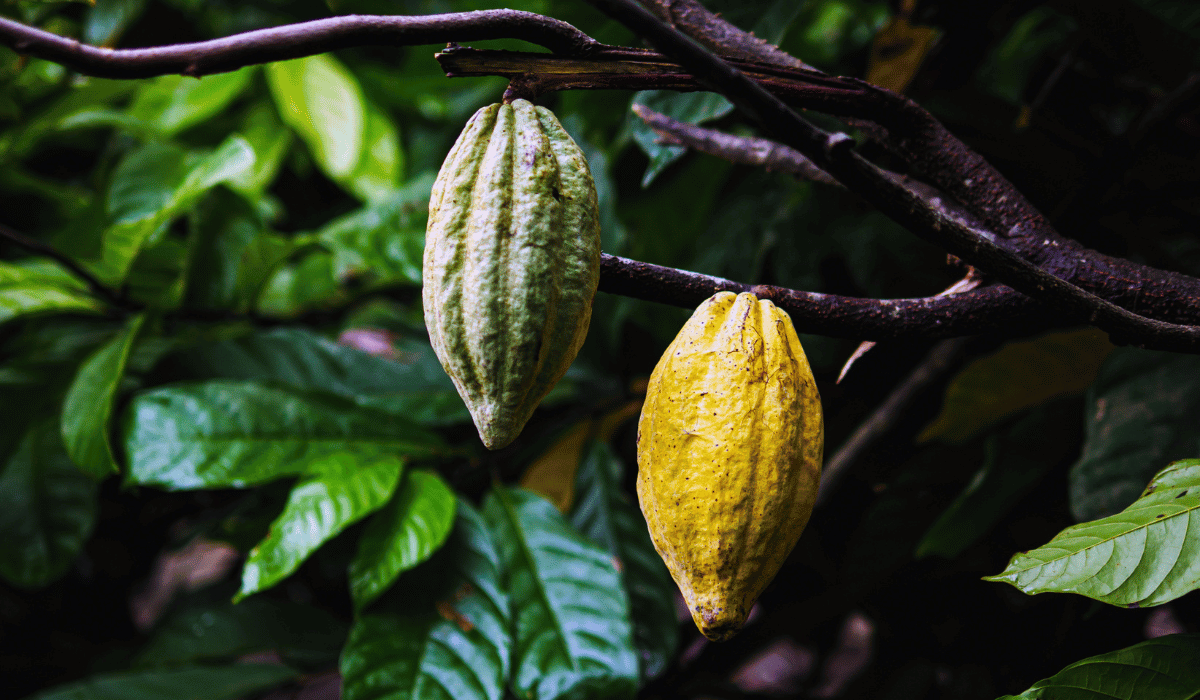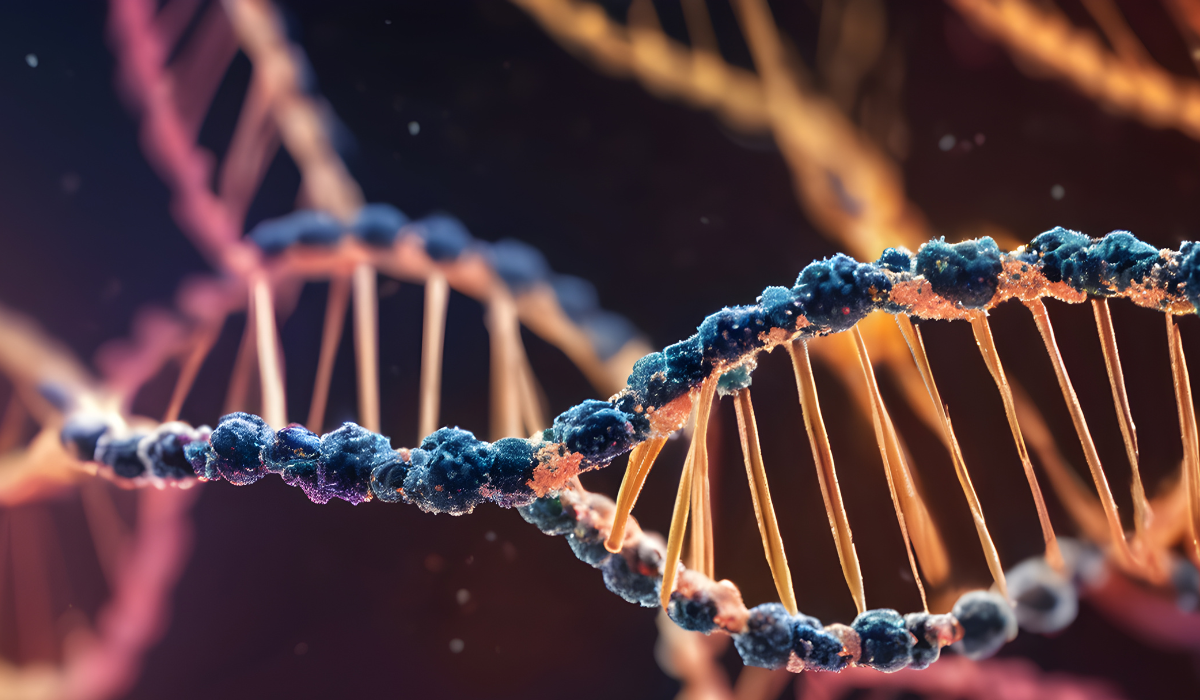The best remedy for fear is to gain knowledge
In the quiet spaces between our sips of cacao, we are often get invited into deeper questions about the earth, our body, and the intricate relationship between them.
For some years now, headlines have echoed with strong warnings about cadmium and lead in chocolate. And even today, those concerns still ripple through the hearts of many.. I get it, Heavy metals like cadmium and lead are not something we want in our bodies, and when we hear they may be present in one of our most beloved and nourishing foods, it’s only natural that alarm bells go off.
I strongly believe that curiosity deserves clarity, not confusion. So let’s breathe together, set the fear aside, and take a grounded look at what’s really going on.
My name is Sharon Fernie, and I am the Founder of Herbal Cacao, providing the world with high-quality Herbal Cacao Blends. I have a deep passion for holistic wellness and ancient traditions, and at Herbal Cacao, it's our mission to support our community on their journey of self and spiritual discovery, spreading awareness about the profound benefits of ceremonial cacao and other medicinal adaptogenic herbs and mushrooms.
Here in the "Herbal Cacao Journal" I explore the fascinating world of not just our active medicinal ingredients, but also dive into the world of rituals, ancient healing practices, and modern wellness techniques combined with experiences out of my own life.
So, whether you’re a seasoned practitioner or just beginning your holistic wellness journey, this blog post in the “Herbal Cacao Journal” is your invitation to deepen your understanding of sacred herb & plants and their profound impact on our mind, body, and spirit.
A Natural Element, A Complex Story
Cadmium is a naturally occurring heavy metal found in soils around the world. Like many minerals, its presence varies depending on the land, the plant, and the growing conditions.

In cacao, cadmium absorption is influenced by several key factors:
- Genetics
- Tree age
- Soil composition
- Mineral balance.
What’s often left out of mainstream reports is just how nuanced this process is.
Younger cacao trees growing in depleted, monocropped soils tend to absorb more cadmium, especially when essential minerals like zinc, calcium, magnesium, and manganese are lacking. But this isn’t the full picture, and it’s certainly not our picture!
How Our Cacao Grows Differently
Our cacao at Herbal Cacao is grown in living, breathing ecosystems; polycultural agroforestry systems rich in biodiversity, where older ancient cacao trees thrive in healthy soils. These farms are not the rushed fields of commodity cacao. They are tended with reverence by farmers who understand the soul of the land and the science of regeneration.
Through permaculture practices, the soil is regularly replenished with organic matter and trace minerals, reducing cadmium uptake naturally. It’s a slower path. A more mindful one. And it results in cacao that is not only more energetically vibrant, but cleaner, too!

Processing with Care
What many don’t know is that cadmium tends to accumulate first in the leaves, then the husks, and only then, if at all, in the cacao bean itself. This is where our hands-on care makes all the difference.
At our social working facility in the Netherlands, we use a specialised cracking and winnowing system, known across the cacao world for its precision, to gently remove the husks and separate out the cleanest possible nibs. This process further reduces any trace amounts of cadmium that may be present.
What About Testing?
We’ve heard your questions and we deeply honour them.
Yes, we do third-party lab testing on our cacao. We recently worked with Nutrilab in the Netherlands, an accredited testing partner, to analyse our cacao for heavy metals and contaminants. The results speak for themselves:
-
Cadmium: 0.51 mg/kg — well within the EU safety limit of 0.6 mg/kg
-
Ochratoxin A (a mold-related mycotoxin): Below detection limits (<1 µg/kg)
-
PAHs (polycyclic aromatic hydrocarbons): Also below detection limitsCOA_O_N00028934001_2024…Herbal_Cacao_Lab_Test_S…
These are some of the most relevant markers when it comes to cacao safety. We’re proud to say our cacao is not only clean, but exceptionally clean.
And beyond the lab, every batch is also screened using a general heavy metal detector before it reaches you. If any product were to exceed safe thresholds, it would be automatically removed. To date, that has never happened.
We work in full alignment with the European Union’s food safety guidelines, among the most protective in the world. While we don’t use California’s Prop 65 benchmark (which is often cited in media reports and is much stricter than international standards), we’re confident that our cacao meets the highest expectations for both safety and quality.
If you’re ever curious to see the full results for yourself, we’re happy to share a summary directly via email. Just reach out, we’re here for open-hearted conversations.
Context Matters
When it comes to food safety headlines, much of the concern around heavy metals, especially cadmium in cacao, has been driven by California’s Prop 65 standards, also known as the “Maximum Allowable Daily Limit” (MADL). These limits are among the strictest in the world: 4.1 micrograms per day for cadmium & 0.5 micrograms per day for lead
By comparison, the U.S. FDA allows up to 8.8 micrograms of lead per day, a significantly higher threshold. And even the EU, where Herbal Cacao is proudly based and sold, uses an entirely different framework.

Unlike California, which sets exposure limits based on long-term, worst-case risk assumptions, the European Union sets maximum levels per kilogram of food, a standard based on what is considered safe across a full dietary context. Our cacao, tested at 0.51 mg/kg of cadmium, is well within the EU's limit of 0.6 mg/kg for cacao products.
But here’s where it’s important to stay rooted in perspective:
Even whole, healthy foods like spinach, potatoes, or green beans can naturally contain higher levels of cadmium than cacao, often even exceeding California’s limits by 10, 20, even 50 times. Yet these are not banned, nor are they considered inherently harmful in the quantities most people eat.
So why does cacao get singled out?
Because regulations, especially those from Prop 65, are designed to err far on the side of caution, sometimes without full dietary or cultural context.
We believe in discernment, not fear. And when cacao is grown with care, tested with integrity, and consumed as part of a balanced lifestyle, it remains not just safe, but deeply nourishing.
Our Promise to You
We will never pretend that nature is simple. But what we DO promise is to walk this path with honesty, diligence, and heart.
Our cacao is sourced with intention, never at scale. If you’ve been part of our Herbal Cacao community for a while, you already know: we would rather be "sold out" than compromise on quality. We don’t rush to the next supplier when demand surges, we wait, we trust, and we continue working directly with our indigenous partner farmers who honour the land as much as we do.
These cacao trees grow slowly in rich, diverse ecosystems. The soil is replenished, the harvests are respectful, and the process—from bean to cup—is handled with exquisite care.
And now, with the support of professional third-party lab testing, we can confidently say what we’ve always known in our bones:
Our cacao is pure, clean, and safe, tested for cadmium, ochratoxin A, and other compounds, and consistently shown to meet all EU safety standards.
There is no need for fear when holding Herbal Cacao in your hands. There is only trust.
Trust in the soil.
Trust in the farmers.
Trust in the process.
And trust in us.
We are here to nourish your body, heart, and spirit, without compromise.
So if you've heard the headlines and felt that familiar wave of worry rise...Pause...Breathe... Know that you're not alone. And know that this cacao, from root to cup, has been held with care every step of the way.



